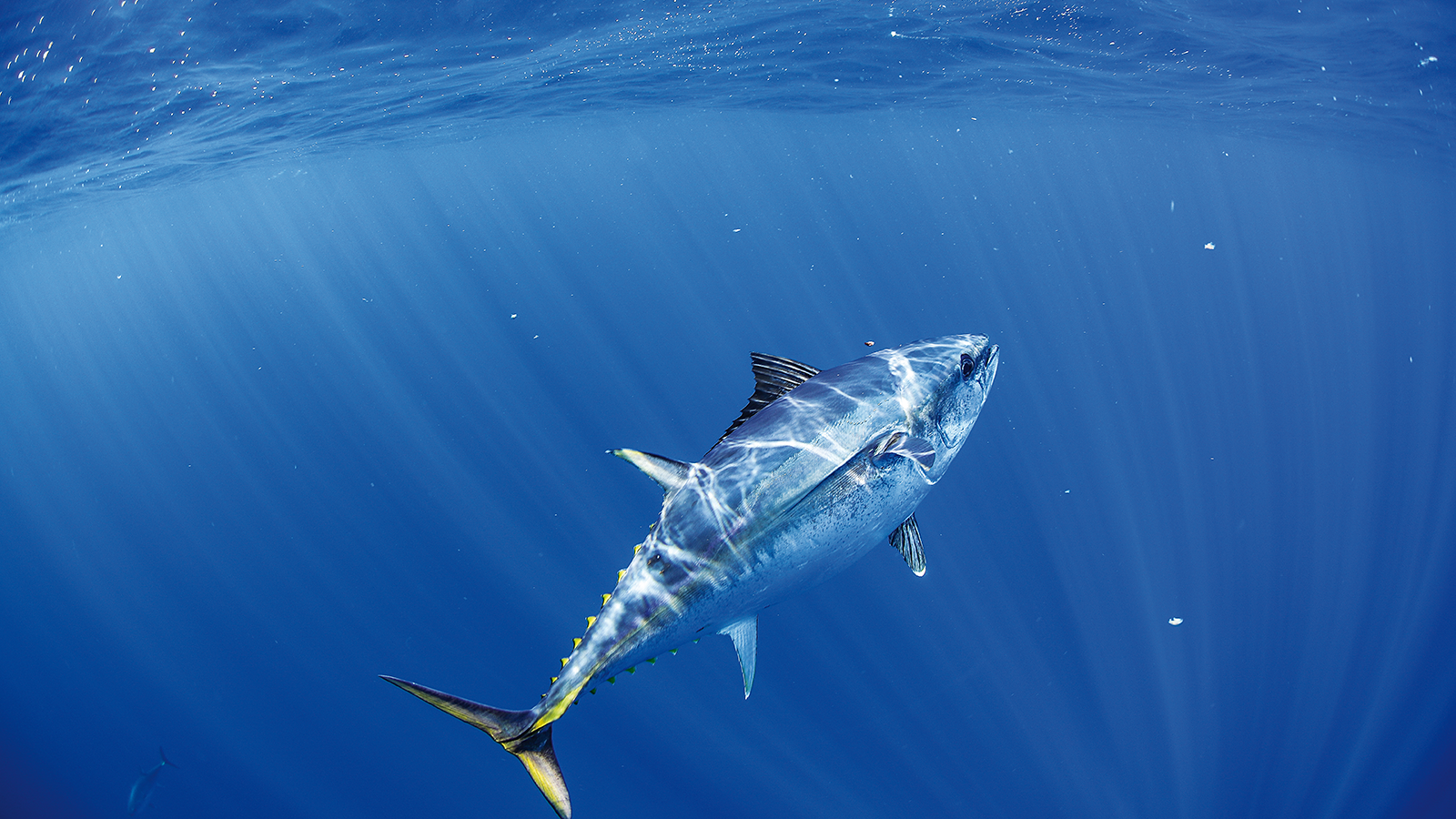Adaptive management of the Pilbara trawl fishery
Final report

Long-term recovery of trawled marine communities 25 years after the world’s largest adaptive management experiment

Status of Australian Fish Stocks (SAFS) reports 2016, and further development of the SAFS production and dissemination system

Life history specific habitat utilisation of tropical fisheries species
Climate and fisheries on the south east Australian continental shelf and slope
Final report
Southern shark tag database
Assessments of the southern shark fishery indicate that the stocks of gummy shark are sound, but current assessments of school shark indicate that the current mature biomass is 13-43% of the initial mature biomass and that current catches are substantially larger than the estimates of maximum sustainable yield.
Stock structures of shark populations are highly complex. The stock structure for school shark is particularly complex and several competing hypotheses have been advanced to explain long tag movements and to explain data indicative of differences in age and size composition and breeding condition between separate regions across southern Australia. The complex stock structure of school shark and gummy shark stocks accounts for much of the uncertainty produced by spatially aggregated models applied.
To reduce the uncertainty in the assessments, SharkFAG, as a matter of high priority, is developing spatially disaggregated models to explore the dynamics school sharks and gummy sharks in seven integrated regions across southern Australia.
The 'Tag Database Project' is designed to ensure complete, accurate and timely data from fishers recapturing tagged sharks after June 1996 and to ensure efficient management, presentation and reporting of the data. Importantly, the updated data will be made available to SharkFAG to quantify shark movement rates and current mortality rates essential to the stock assessments.
It is anticipated that more than 500 tags will be returned during 1996/97, more than 350 during 1997/98, and more than 200 during 1998/99. Because the return rate will diminish over time, it is proposed to employ Ms Lauren Brown on this project 40% time during 1996/97, 30% time during 1997/98 and 20% time during 1998/99.
Final report
As part of the projects, all available tag release-recapture data available from shark tag releases during 1947-56, 1973-76, and 1990-99 have been validated and consolidated in the Southern Shark Tag Database developed in Microsoft ACCESS. The database is routinely updated and has facility for preparing data summaries and extracting data for analysis. Basic summaries with graphical plots and vector analysis of the tag data available to the end of 1999 are presented in a companion report to the present report. The companion report is designed for distribution to all professional shark fishers and other parts of the fishing industry, and is an update and extension to the report provided to FRDC during 1997 for the Southern Shark Tagging Project (FRDC 93/066).
The companion report demonstrates that the first two objectives of the Southern Shark Tag Database Project (FRDC 96/162) were met completely. The present report demonstrates that the third objective of this project was met. The present report provides the results of modelling with tag and other data and specifically explicitly addresses the three overarching objects of both tagging projects.
By the end of 1999, a total of 28 different shark and ray species had been tagged in southern Australia. Most of the 12442 sharks and rays tagged during 1990-99 were gummy sharks (7047) and school sharks (2686). Tag recapture rates are higher for commercial sized gummy sharks (23% for males and 25% for females) than for commercial sized school sharks (19% for males and 21 % for females). About 10% the sharks (1157) were double tagged for estimating tag shedding rates.
Tag shedding rates were addressed through double-tag experiments as part of the tag projects. Rototags and jumbo tags attached to the anterior lower portion of the first dorsal fin of sharks during 1990-99 were highly successful with shedding rates at 8% per year. Similarly, internal tags inserted into the coelomic cavity of sharks during 1947-56 and 1973-76 were successful in that they were not shed; however, they were not always seen by fishers when the sharks were caught. Peterson disc fin tags attached to the first dorsal fins during 1947-56 had very high shedding rates at 66% per annum on school shark. Nylon-headed dart tags inserted into dorsal muscle tissue of sharks during 1990-99 had high shedding rates at 41% per year for school shark and 63% per year for gummy shark. Nylon-headed dart tags inserted into the cartilage at the base of the first dorsal fin during 1990-99 rather than in the dorsal musculature halved the shedding rates. A range of other types of tags were used during 1990-99 in insufficient numbers to estimate shedding rates.
Apart from meeting the three overarching objectives, the data provide a valuable resource that can be subjected to ongoing analyses. Already the data have been used in ways unforeseen at the time of seeking the application for grant from FRDC. Models developed through SharkFAG allow the tag data to be incorporated directly into stock assessments and have markedly reduced uncertainty in the assessments.









